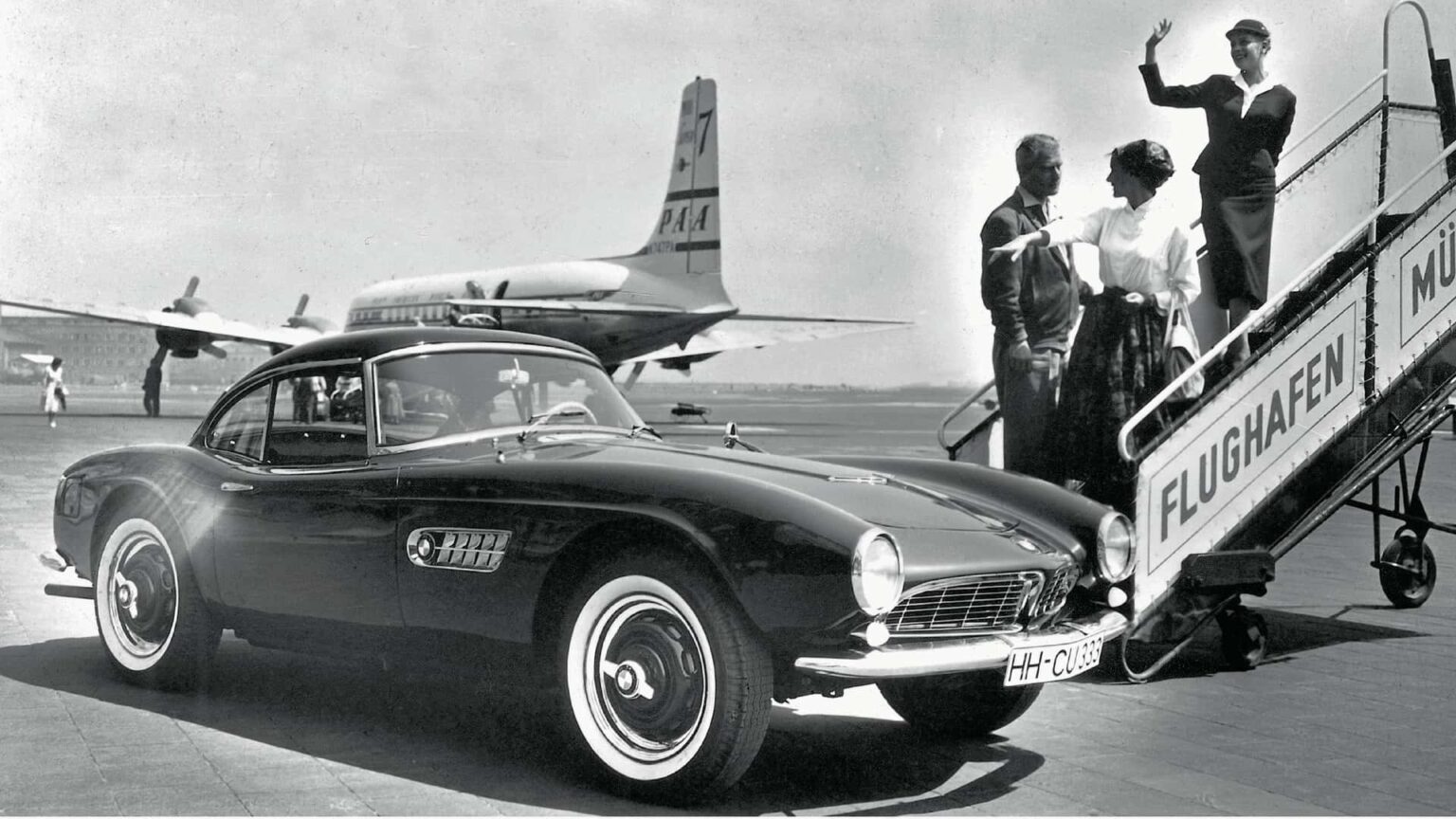When did BMW’s design peak? There’s no definitive answer, but consensus usually falls somewhere between the 1980s and 2000s. Personally, I’d argue Albrecht von Goertz’s 507 Roadster with a factory hardtop from the late 1950s is the prettiest car ever to wear the roundel. Fast-forward to the 2020s, and shouty designs have become the norm in Munich. However, the revival of the Neue Klasse signals a return to form, with less obnoxious grilles.
Oliver Heilmer was tasked last year with shaping BMW’s compact and midsize models, along with the M cars. In a new interview with Australian magazine GoAuto, the former Head of Design at Mini suggested that times are a-changin’. The new approach is to move away from designs meant to immediately grab attention:
‘Everything is becoming more calm. It doesn’t have to be too in-your-face in terms of expression. It can be way more subtle. That is, maybe, the era we are in from a BMW perspective. We are talking about monolithic, clean surfaces – calm, but still highly emotional.’
Heilmer also discussed the kidney grille, which will continue to vary in shape and size depending on the model. As seen on the new iX3, SUVs will feature a vertical interpretation as a nod to history, starting with the 1933 303 midsize sedan, BMW’s first six-cylinder model. Regular cars like next year’s 3 Series and i3 sedans will have wide kidneys, in some ways reminiscent of the timeless 507 Roadster.
Photo by: BMW
That doesn’t mean the company regrets its recent polarizing front ends. BMW stands by its decision to give the current M3 and M4 oversized vertical kidneys: “Customers really appreciated the differentiation. It was the right approach,” said Heilmer.
Elsewhere, the senior designer ruled out a comeback for round headlights, known as “Angel Eyes” among BMW aficionados. Chrome, once a symbol of luxury, is also on its way out, replaced by intricate LED daytime running lights. Split headlights are here to stay: the 7 Series facelift arriving next year and the new X7 in 2027 will both retain their main beams separated from the DRLs. These two are likely to remain among the most divisive designs in BMW’s lineup. We didn’t forget about the XM, but a successor seems unlikely.
By the end of 2027, BMW plans to launch more than 40 facelifted and next-gen cars. All of them will carry some elements of Neue Klasse design, so hopefully you’re a fan of the new iX3. Further expansion is reportedly planned for 2029, including a rugged model, though not as off-road-focused as the Mercedes G-Class.
Photo by: BMW
We’ve only talked about the exterior so far. Inside, the 2027 iX3 debuts a thoroughly redesigned cabin. BMW is once again overhauling its infotainment, this time around a large 17.9-inch central display. It’s also the first model to feature a full-width projection system called Panoramic Vision, with nine tiles at the base of the windshield. The first three are fixed to replace the instrument cluster, while the remaining six are customizable.
Continuing a trend started in recent compact models, the iDrive rotary knob is being phased out. Tomorrow’s BMWs will rely even more on the touchscreen and voice commands, with conventional controls reduced to a minimum.
This streamlined interior philosophy mirrors the smoother exteriors, though customer backlash has already led many automakers to pledge a return to physical buttons. While fewer creases and angles on the outside are a welcome change, the same can’t always be said for overly simplified interiors.
In just a few years, BMW’s lineup will look dramatically different. With Neue Klasse shaping the design both inside and out, the Bavarian brand is entering a new era; one that leans more heavily on tech-laden EVs, but without abandoning combustion engines.
Read the full article here


